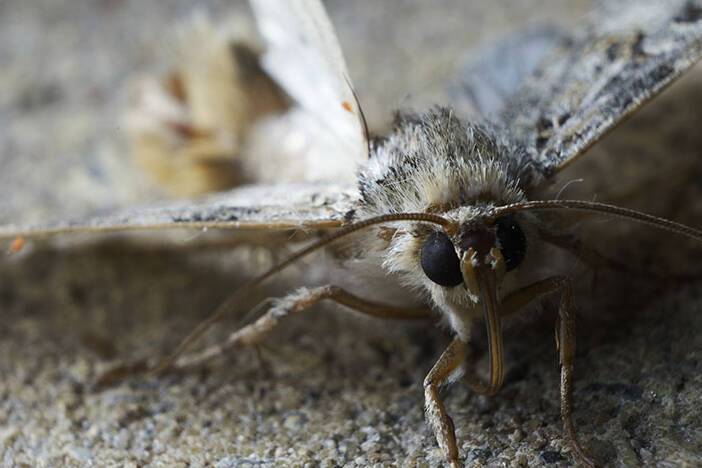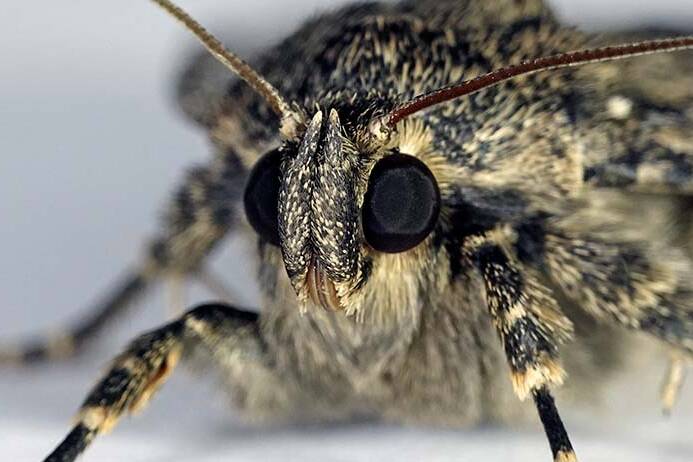Colorado’s miller moth migration: DIY solutions to help.
Once summer approaches, the Miller moths (also known as army cutworm moths or Euxoa auxiliaris) commence their annual migration in Colorado. These native insects undertake a massive journey throughout the state, searching for food, mates and suitable breeding grounds to call home. It is important to note that despite causing inconvenience to homeowners, viable professional treatments for miller moth infestations are currently unavailable. Thankfully, several practical do-it-yourself solutions can assist homeowners in reducing the impact of these migratory winged creatures on their living spaces. Within this article, we will explore effective tactics for managing miller moth dilemmas and decreasing their population within your residential area.
Understanding the migration.
Miller moths have evolved intricate migration patterns and instincts, displaying their magnetic attraction to light sources along with other unique traits. These insects steadily fly great distances; from the expansive northeastern plains of Colorado towards the Rocky Mountains’ high elevations -most typically at the end of May up to early June time frame- in search of sustenance, breeding sights and opportunities for reproduction.
Although these insects display such tendencies as light-seeking behavior that frequently draw them indoors and gives homeowners trouble, they generally do not pose any sort of threat to building structures or human health. It is important to remember that these highly adapted creatures are completely innocuous.
DIY solutions for moths.
While comprehensive miller moth eradication is difficult, there are a number of do-it-yourself practical tactics that homeowners may use to minimize their presence and lessen the annoyance factor.
Utilize OBEX Pest Control Services: OBEX service users can direct their own illumination sources at regions that have received the proper chemical treatment. Homeowners can aid in preventing miller moths from congregating in living spaces by concentrating the light in these treated locations. While it is not guaranteed to help, it can allow these moths to be affected by the treatment to later die off.
Building LED light traps can be a successful way to capture and get rid of miller moths. Utilize an LED with a color temperature of about 6,500 Kelvin, also known as “pure white.” Place the light close to a container with a solution of water, vinegar, and dish soap. The moths will be drawn to the light and fly into the trap where they will drown in the soapy solution. To keep the trap effective, inspect and empty it frequently.
Sealing cracks and gaps is important since it helps prevent miller moth access into your property. Check windows, doors, and other possible entry points for cracks or openings that the moths might use as entryways, and seal any such openings. Reduce the number of moths that enter your home by sealing off these openings with weatherstripping and caulk.
Reduce Outdoor Lighting. Because miller moths are drawn to light sources, decreasing the amount of outdoor lighting in the area around your home can assist to reduce their presence. Choose less-powerful bulbs or think about motion-activated lighting, which only operates when necessary. You may prevent moths from gathering close to your property by reducing bright lights near entry points.
Homeowners can use a variety of do-it-yourself tactics as the yearly miller moth migration gets underway in Colorado to lessen the effects of these migrating guests. While there are presently no professional treatment plans available, homeowners can use the OBEX pest control services to direct their own illumination toward treated regions. The populations of miller moths in your living spaces can also be reduced by installing LED light traps, caulking crevices and gaps, and lowering external lights.
Keep in mind that miller moths are harmless insects that are just looking for food and good mating habitats. You can live in harmony with these transient guests while keeping a more tranquil and moth-free home environment by using these do-it-yourself solutions throughout their migration period.
Ready to take the next step to prevent issues from occurring? We’re thrilled to help! Schedule your pest control treatment plan with us today.




